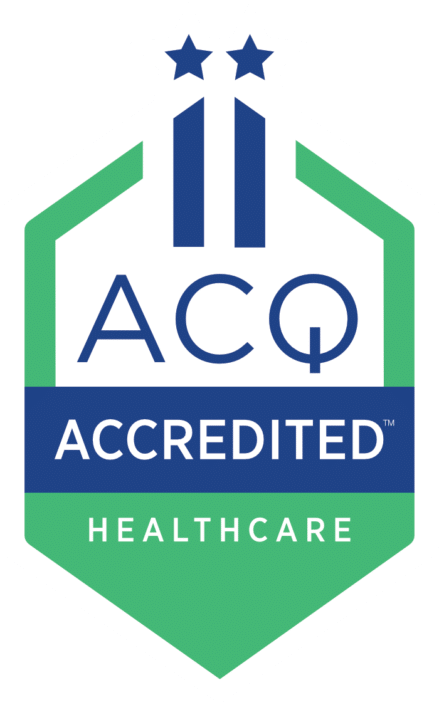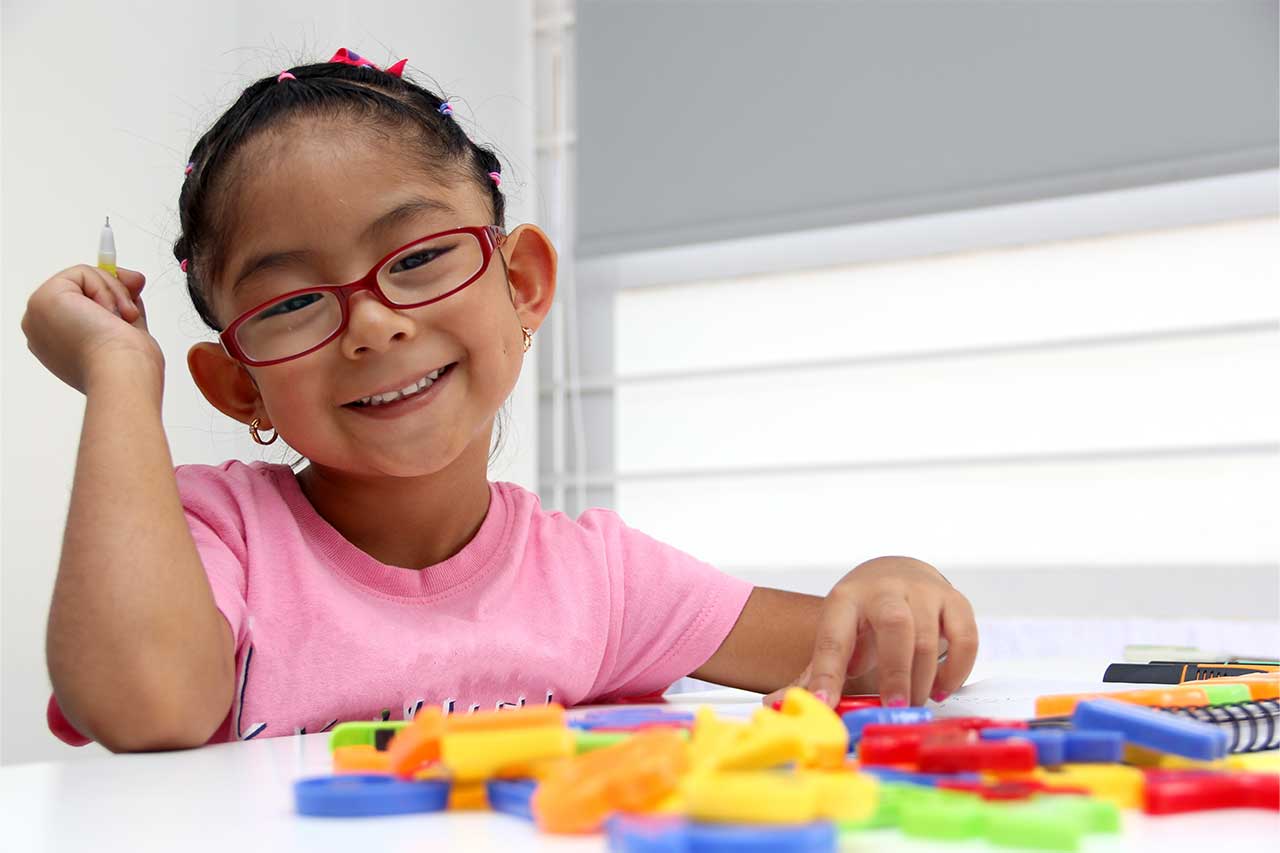Daily Living Skills: Transforming Education for Autistic Learners
Autism Spectrum Disorder (ASD) affects communication, social interaction, and behavior to varying degrees, so it’s not surprising that autistic learners have diverse learning styles and sensory sensitivities. Some learners are able to thrive in a traditional classroom setting with accommodations; others need educational support not covered by standard school curriculum. In fact, for many autistic learners, daily living skills hold equal or greater importance to academic skills. But what are daily living skills? Why are life skills important for autistic students? And how do you teach daily living skills for autism?
In this article, we will answer all of these questions and more, as well as tell about the BRIDGES program at A Bridge to Achievement that is specifically designed to help autistic learners foster these skills.

What Are The Activities of Daily Living?
Activities of Daily Living (ADL), also known as daily living skills, adaptive skills or basic life skills, are fundamental abilities that enable autistic learners to independently navigate their daily lives. These skills vary by age and encompass a wide range of tasks.
School-aged learners typically focus on such skills as personal hygiene, household chores, and nutrition. Older learners may practice more advanced skills that are essential for independent living, like managing money, identifying community signs and symbols, and cooking skills.
Specific skills development will vary depending on an individual learner’s needs and abilities, as well as the priorities of their family. Examples of daily activities for autism include:
- Personal Hygiene
Brushing teeth, flossing, using mouthwash, bathing, grooming, getting dressed - Toileting
Using the toilet independently, managing personal hygiene in the restroom, identifying which bathroom to use across a variety of community environments - Eating & Drinking
Preparing meals or snacks, using and sorting utensils, drinking independently, pouring and measuring, kitchen safety skills, utilizing appliances independently, identifying expiration dates - Household Chores
Cleaning, tidying up, doing laundry, taking care of pets or plants, organizing, wiping down surface areas, emptying trash - Communication
Expressing needs and preferences, engaging in effective verbal and nonverbal communication
Why Are Life Skills Important for Autistic Students?
The acquisition and mastery of daily living skills have a profound impact on the quality of life and long-term well being of autistic individuals of all ages. Moreover, daily living skills equip learners with autism with the practical tools for successful transition into adulthood, improving their chances of finding meaningful employment, establishing relationships, leading more fulfilling and self-determined lives, and living as independently as possible.
Practicing daily living skills is crucial for autistic learners to:
- Become more self-reliant
- Develop functional independence
- Identify and communicate emotional states
- Self advocate
- Bolster confidence and a sense of empowerment
- Increase personal agency and autonomy
- Foster a sense of belonging
- Cultivate meaningful connections with others
- Actively participate in their community
- Unlock their highest potential
Limitations of Traditional Schooling
The traditional classroom environment is designed with neurotypical learners in mind and often has limited resources and staffing available to provide individualized support. For many reasons unique to each child, traditional classrooms can be challenging and counterproductive. Large class sizes, limited resources, and classroom layouts can be overwhelming for learners with autism.
- Structure & Pace
The structure and pace of instruction in a traditional classroom often follows a standardized format, which may not accommodate for processing time, sensory needs and individual styles of learning such as visual versus auditory. - Sensory Inputs
Autistic learners with sensory sensitivities can find such inputs as bright lighting, loud noises, or crowded spaces dysregulating and distracting. - Social Expectations
People with autism often have difficulties with social interaction and understanding social cues, making it challenging to navigate the complex social dynamics in a classroom setting. Classrooms can be loud and teachers often have limited time to break down and teach social skills systematically. - Frequent Change
While changes in routines or unexpected transitions can be challenging, traditional classrooms leave little time to plan for and implement strategies to teach autistic learners coping strategies. WIth limited time and resources, teachers often struggle to utilize aids such as visuals to prepare learners for changes like a fire drill or substitute teacher.
The inclusion of sensory-friendly elements, incorporating visual aids and clear communication strategies, and individualized supports can greatly help in creating a more inclusive classroom environment for autistic learners. These accommodations are more easily achieved by some schools than others. Let’s consider the student-to-teacher ratio in traditional vs. alternative schools.
Nationwide, the average student-to-teacher ratio across K-12 public schools is 15:1. This average rings true for Forsyth County Schools, but the average in Charlotte-Mecklenburg Schools is 16:1 and in Union County Schools almost 17:1. Traditional classrooms in our local school systems are not necessarily equipped to support autistic learners in the most effective and individualized way possible.
Classrooms in alternative schools are set up with students’ Individual Education Plans (IEP) in mind. Class sizes typically range from three to 10 students with one or more teachers and/or specialists directly engaging with individuals or small groups at all times.
When a school is ill-equipped to make and maintain accommodations, or a student would benefit from more customized learning approaches or more individual attention, exploring alternatives to traditional school is in the student’s best interest.
Alternative Educational Approaches
Not only do alternative school options for autism exist, but they provide an environment that’s equal parts educational, empowering, and fun. The most popular choices are inclusive settings and customized learning programs.
Inclusive settings feature both neurodiverse and neurotypical learners. They offer a holistic approach to education by integrating daily living skills into a developmentally-appropriate curriculum. Inclusive education programs address the whole child while fostering socialization and peer learning and reinforcing the connection between classroom learning and real-life application.
Customized learning programs employ an individualized educational approach designed to meet the unique needs, abilities, strengths, challenges, and learning styles of each enrolled student. These programs tailor instructional methods and materials to support personalized goals, are flexible and responsive, and regularly assess and adjust strategies to ensure optimal learning outcomes.

The BRIDGES Program
The BRIDGES (Building Relationships, Independence, Determination, Group & Essential Skills) Program at A Bridge to Achievement is specifically designed for autistic learners ages 8 and up. Our goals through this fun, customized learning program are for learners to increase their autonomy, self-advocacy skills, confidence and communication through individualized teaching and frequent peer interactions.
Each day, between 8:30 am and 3:30 pm, students engage in a series of 1:1 learning opportunities with their therapist (even during whole group time). BRIDGES takes place Monday through Friday and is best suited for learners who can attend full day or as close to a full day as possible.
- Daily Living Skills
Daily living skills are at the heart of BRIDGES. Targets are individualized and rotated to meet the needs of the learner and priorities identified by their family, with the ultimate goals being independence and generalization to the home setting. - Group Time
Twice daily whole group circle times teach communication skills, including labeling emotions, identifying the weather, calendar, and recalling information about the day. Group circle time focuses heavily on building confidence and increasing social skills through contrived and natural opportunities such as asking peers which song they would like to listen to. - Structured Game Time
Fun group games bring learners together to work on social skills, turn taking, communication, and following directions. Group games range from board and card games such as Candy Land and Uno, to more physical games such as freeze tag in the gym. - Crafts & Cooking
Craft activities focus on increasing independence with common tools such as scissors, tape, and glue. Pre-cooking skills such as pouring, measuring, mixing, sorting silverware, and identifying kitchen safety rules are worked on in the BRIDGES classroom, then generalized to the kitchen. Hands-on cooking time utilizes recipes with follow-along visuals.
Interested in learning more about the BRIDGES program and A Bridge to Achievement? Get in touch! We work with families in Davidson, Davie, Forsyth, and Guilford in the Triad, and Cabarrus, Mecklenburg, Union, and Gaston counties in the southern part of the state. Support starts here.





